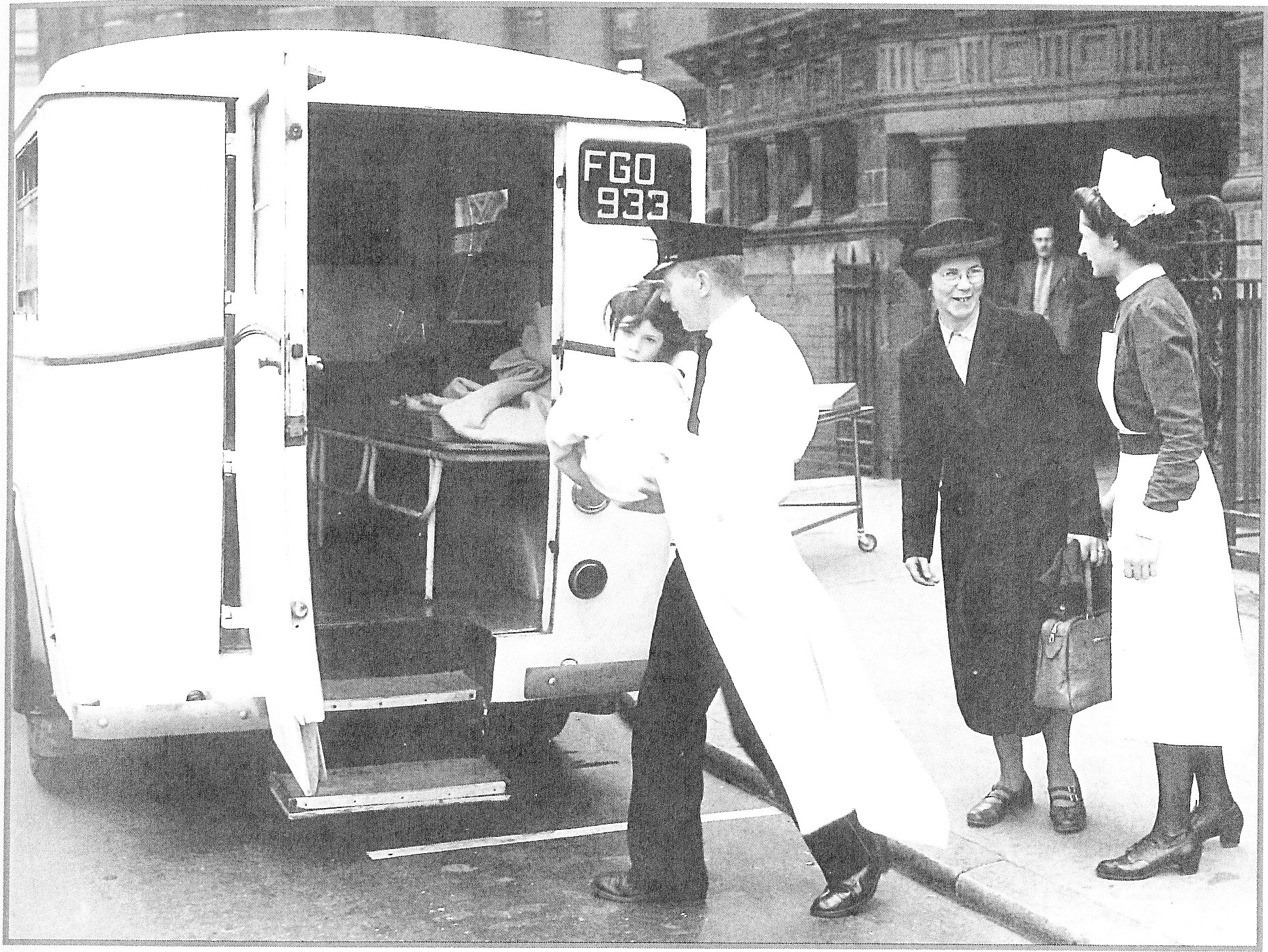The spate of stories about how badly NHS 111 is performing are just another example of how dysfunctional our urgent/emergency care system has become.

We know that over the last decade there has been a remorseless rise in emergency admissions, calls to 999, attendances at A&E and use of the other various parts of the system like the Out of Hours service. We only vaguely understand the causes which will be many and varied. But what we do know is the system does not work. We have yet another “Review” under way to report next year and local area teams (LATs) are creating Boards to solve the problems (joy!).
Changes in the system took place over some years as we saw the rise of NHS Direct (phone and web accessible), the introduction of GP Out of Hours services, opening of walk in centres and minor injuries units, and the merger of ambulance services into regional bodies, alongside investment in A&E premises, waiting time targets and endless flavours of “lead” commissioning. More recently we have the rise of acute specialisation with the idea of sub regional tier one hospitals for stroke, trauma and more, and the challenge to all small A&Es as being unable to meet Royal College guidance for safe care.
Various incarnations of “commissioners” have tried to reduce the rise in demand, with talk of alternatives to A&E, use of financial levers, and demand management all really functions of the internal market and almost without exception these have failed. The market ideas have led to multiple semi-autonomous providers and fragmentation when what is needed is system management.
We know what is pretty obvious. If you open new alternatives for people to access when they believe they have an urgent need then “demand” goes up. If you improve a service then demand goes up. If A&E waits were in days and ambulances were dirty and often broke down, then demand through 999 goes down. If people might wait hours on the phone they are less likely to call. If you close an A&E then not everyone will go further to another A&E, they go somewhere else, or self treat. If you publicise alternatives to 999 for “non emergencies”, you probably do more harm than good. We know but we do not learn.
In the early noughties integrated systems were proposed by various ambulance services which wanted a whole system approach; in part as they saw their role being threatened by alternatives to 999.
Anyway proposals were made for a system covering (say) a whole county or city and it would have covered all calls to 999, to the GP Out of Hours service and to NHS direct. The response would be the same regardless of what number was called ranging from a blue light double crewed ambulance to information, advice or reassurance and encompassing simply booking an appointment to see a GP. Few would get the blue lights as an increasingly capable force of paramedics, Emergency Care Practitioners and Nurses in fast cars would deal with patients where they were – less transporting to A&E, more being told to go to or being taken by car to other more appropriate settings.
The “Hub” would be collocated with the communications point for social care and mental health response teams. Working in the hub would be clinical call handlers, dispatchers and GPs, with rapid dedicated communication to an emergency care consultant – all 24/7. The hub would also hold a directory of services and so would know what primary care facilities were open, when and what capability they had. There would be settings where GPs could see patients and there would be a primary care front end in front of every A&E. It was hoped then (!!!) that patient records would also have been accessible so that for example a patient with an acute episode of a long term condition could be identified and their existing care plan taken into account in any response!
Insofar as it matters the real A&E would become referral only as with elective acute care; with ambulance service, GPs referring, sometimes even into a ward and with a “front-end” run by GPs, nurses and ECPs as a physical gateway in front of A&E.
The emerging walk in centres, minor injuries units, urgent care centres and polyclinics would all be places were people could be taken rather than A&E. Over time it was realised this would need to be rationalised as patterns of flow ere better understood – but closing them down would have been difficult.
Funding would be an annual sum for the lot including funding for the A&E, Walk In Centre, Minor Injury Unit and other facilities based on population,with no trade offs no unintended conflicts between the parts of the system.
Anyway it was a whole system approach with the ambulance service in the role of what would probably now have to be called the lead contractor. But it had one management system, one governance system one set of protocols and one assessment system.
Sadly these kind of whole system ideas were not accepted by policy makers who instead opted to regionalise the ambulance services (the wrong type of integration!) and by commissioners who thought they could control demand, and also sadly by many clinicians who saw ambulance services as drivers and transporters – scoop and drop.
Whole system ideas are still around but the market is now everything – ambulance services are already losing transport contracts of all kinds and NHS 111 brought in a whole swathe of new providers further fragmenting what was already a mess. Yet another species of commissioners, the Clinical Commissioning Groups, have new ideas of how to manage demand (good luck).
It’s the system that is flawed. Commissioners cannot solve the problem (good ones will mitigate it).
Integration and cooperation not markets and fragmentation is the only way to solve the crisis in emergency care.
